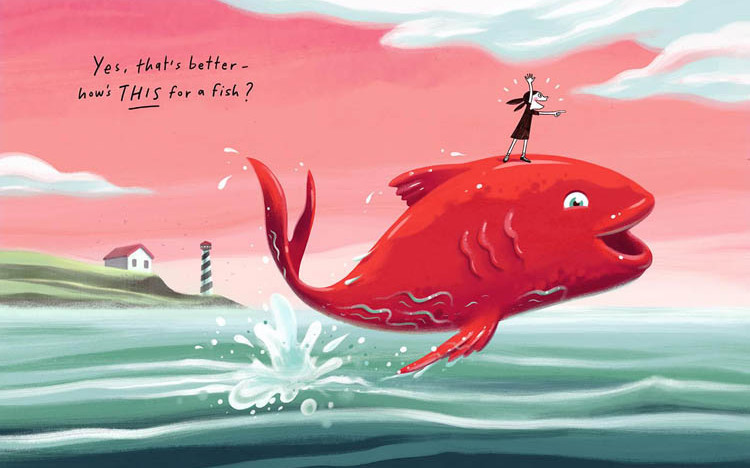 At a time when print media was “dying” one illustrator managed to double his income by focusing on his craft and technical innovations.
At a time when print media was “dying” one illustrator managed to double his income by focusing on his craft and technical innovations.
For Kyle T. Webster, the idea of becoming an illustrator wasn’t originally on his radar screen.
“I was not really aware of what an illustrator was while I was in college, though I looked at so much illustration in books and magazines,” Webster told Sara Barnes in an email. “Somehow I did not make the connection until later, when I was employed at a graphic design firm, where we had a library of Illustration annuals.”
Barnes, writing in Layers Magazine, shares Webster’s journey from in-house graphic artist to full-time freelance illustrator, a path he chose when common sense and industry direction might have told him to go the other way.
Ten years in and Webster shares some of the secrets to his burgeoning career with Barnes.
“I don’t think any one style can fit every story, and therefore I just work in whatever style I think will best suit the subject matter or mood of whatever it is I’m illustrating,” Webster says. “It has served me very well and allowed me to offer my clients many more options than those offered by most other artists, who choose to focus on one look.”
That idea of adaptability is key to building a portfolio, a client base, and a sustainable career. But he didn’t stop there.
“Image production is Webster’s primary focus, but over the years, he’s created a secondary income of making digital tools,” Barnes notes. “In Photoshop, it’s possible to produce custom brushes in a variety of textures and patterns. Webster started experimenting with them in 2003 as a way to mimic the look and feel of analog supplies.”
“I knew there was a great need out there in the digital art community for tools that were designed by a real working artist, who had the same frustrations and problems with existing tools that I had,” Webster explains.
His illustration and his KyleBrush business blossomed into a six-figure career for Webster with no end in sight.
“The success of the products themselves has led to wonderful opportunities that I could not have predicted,” Webster says, “such as invitations to teach or do demonstrations overseas (Berlin, this past summer, for example), as well as consult with major leaders in our industry to develop new products.”
He’s a fantastic example of adaption to the marketplace while staying true to your creative drive. And his work is gorgeous. Enjoy.
